While these programs were successful in covering the adult inpatient needs and working with the respective medical staff, health system leadership recognized the opportunities to elevate performance if a more coordinated and integrated approach to the system’s hospitalist program was attained. Beyond the operational and clinical advantages of better integrating the various programs, there were additional benefits associated with standardizing the PSA terms. The health system asked ECG to define the optimal organizational structure and financial terms to facilitate the integration of the hospitalist programs.
To establish a coordinated, system-wide hospitalist program, ECG first completed an assessment of the current state, including evaluating the organization and governance structure for each hospitalist group and benchmarking operational and financial performance. Once the gaps in current performance relative to best practices were identified, the system was able to define priorities for the contract renewals. A standardized funding model was then developed that aligned performance among the parties and offered the hospitalists additional financial support for improved performance in key performance metrics. In addition, a performance dashboard was created to report key operational and financial metrics to measure performance across the five sites and facilitate ongoing sharing of best practices.
In collaboration with hospitalist and health system leadership, ECG defined a new operating model that centralized the hospitalist programs into a single division with dedicated management and physician leadership. Under the new structure, the medical groups would retain their individual professional corporations, but functionally integrate the hospital programs under system-wide service line construct. This new division included formal organizational elements that brought the physician leadership across the five sites together to share best practices, define physician recruiting needs, and coordinate coverage. Additionally, the implementation of the standardized funding model resulted in less administrative work tracking and reporting financial performance. The standardized funding terms resulted in parity among the groups that enhanced the system-wide recruiting and retention of hospitalists.


